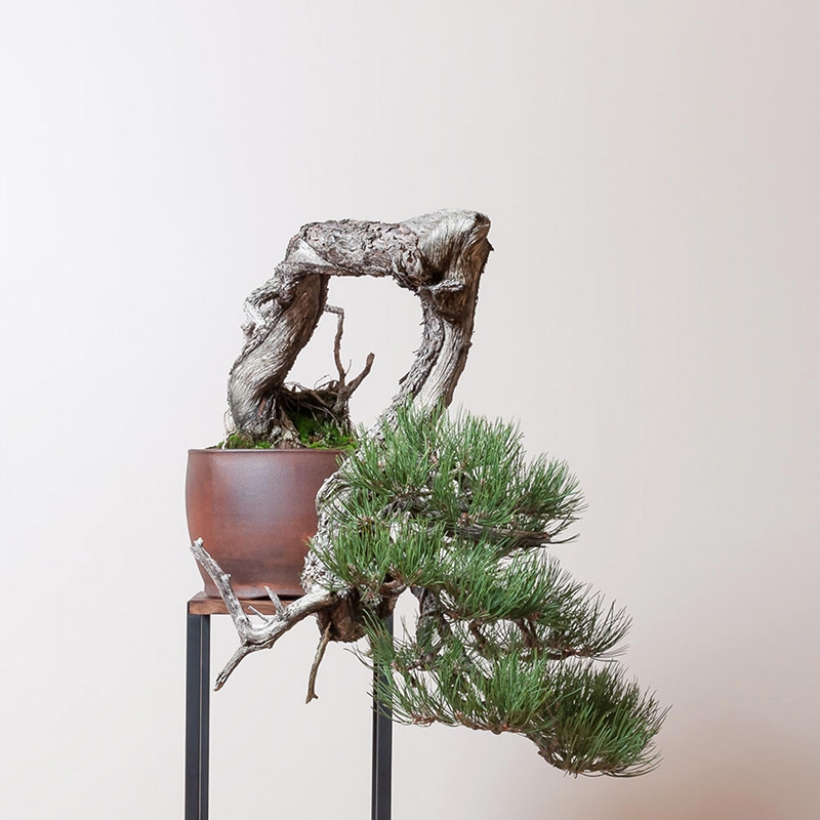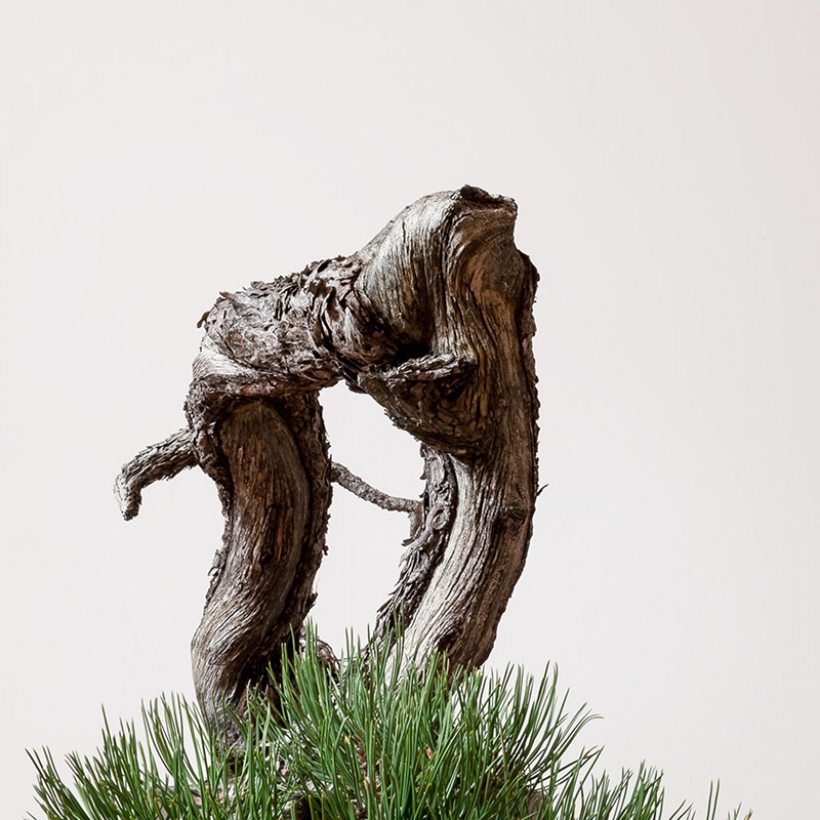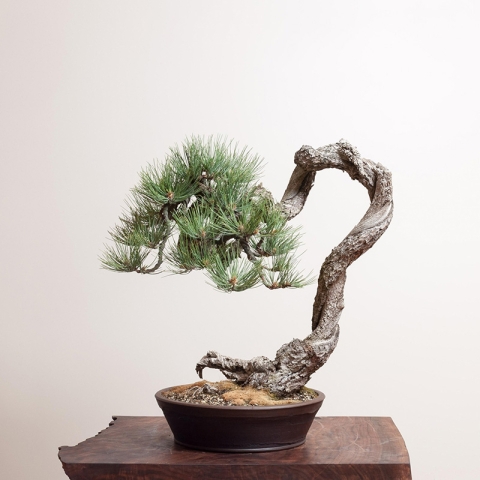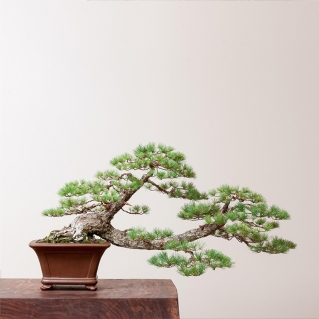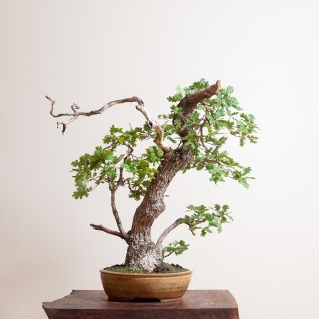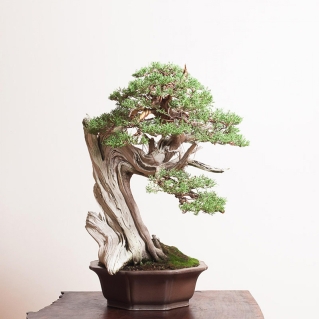Ponderosa Pine Bonsai
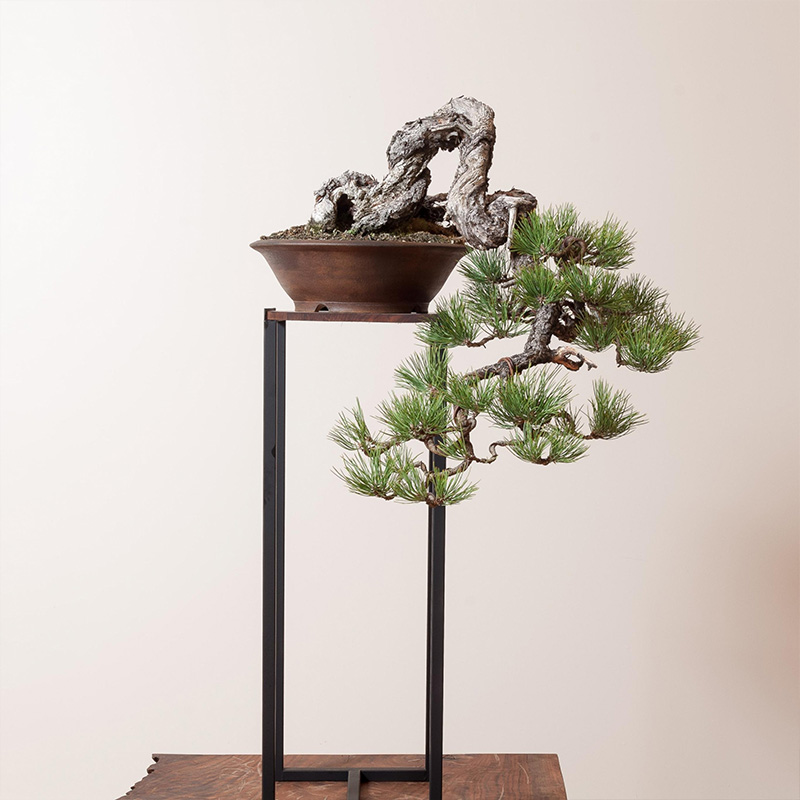
General Information
If we had to choose a pine species that we considered the “best” of the North American pines, Ponderosa pine would be a top contender. From its aesthetic to its coarse needles, the species is strong and powerful, with quite a bit of charm.
Ponderosa Pine—Pinus ponderosa—is the largest pine in North America and is often referred to as the “big pine” or “yellow pine”.

Caring for Ponderosa Pine Bonsai
Watering
Ponderosa pines have low water mobility and grow best in a fairly dry environment. Similar to Japanese white pine, ponderosa pine adapts to dry conditions and sits on the oxygen side of the water/oxygen balance.
When caring for a ponderosa pine, it is vital that you let the species dry out between waterings to reinvigorate its root system with oxygen.
Sun Exposure
For ponderosa pine bonsai, the more sun, the better.
The species will not thrive in conditions except full sun. If not provided with enough sunlight, the species will have long, leggy needles, will not back bud, will stay too wet, and will struggle throughout its life.
Temperature
Ponderosa pine is extremely drought tolerant and the most heat adapted species.
Despite this tolerance to heat, it is essential to remember that it is highly susceptible to intense heat and intense sun on the vascular tissue.
In anything over 105 degrees, the species' vascular tissue may be severely burned—especially if the tree does not have any thick, rugged bark covering its branches. This happens because the species, especially when placed in a container, does not move enough water through its system to cool its tissue and prevent it from scalding.
Fertilizing
For young ponderosa pine, it is vital that you fertilize the species from early spring through late fall. This will cause the tree's needles to elongate and help produce more needles, rapid growth, and thickening.
Once your bonsai has a strong needle count—typically three to four years into growing a ponderosa pine—you can pull back on spring fertilization and begin in September when it’s time to refine and clean up the aesthetic of the tree.
Pruning
Initial pruning of Ponderosa pine bonsai can be done in the spring before the flush of growth. This timing allows you to do the most significant pruning because they are highly malleable and can be heavily bent without breaking.
Pruning in the spring is ideal for initial styling. Keep in mind that if you decide to prune the species in the spring, it may produce excessively long needles due to the build-up of sugars and starches in the vascular system over the fall season.
To reduce foliar mass and avoid having a large impact on the following season's flush of growth, the best time to prune the species is in early fall. Note that if you do prune this species in the fall, you cannot repot it in the spring, as it needs time to reaccumulate its resources.
Wiring
If you’re looking to shape your ponderosa pine, it is best to do it when the tree is young. Young branches are incredibly flexible, making them easy to shape via wiring. This can be done at any time of year.
The key to wiring a ponderosa pine is to ensure that any wiring or bending that you do does not disrupt the flow of water from the roots.
Repotting
When repotting a ponderosa pine, it is always best to use a smaller bonsai container. The smaller the space, the less energy the tree puts towards building strength.
When deciding when to repot a ponderosa, it’s important to consider that a ponderosa pine should be repotted in the early spring—as it does well in colder temperatures. Remember that the species does not require an overabundance of water, especially after repotting.
Once the species has been repotted, let the soil dry so that new roots can be produced. An akadama-lava-pumice soil mixture best supports the needs of a potted ponderosa pine.
When repotting a ponderosa pine, using a well-draining, pumice-lava-akadama soil mixture is ideal for the species so that oxygen can penetrate the roots.
Propagation
Ponderosa pine is propagated via seed.
Pests/Disease
Ponderosa pine is susceptible to a variety of diseases that can cause severe damage to the tree if not cared for immediately. The most common diseases include:
- Red Rot
Ponderosa Pine Bonsai FAQS
Decandling a ponderosa pine is a big no. Due to the species’ low water mobility, we do not advise you to decandle or needle pluck to avoid impairing or weakening the tree.
Ponderosa pine trees become perfectly dominant at the tips of its branches while the tree's apex becomes stronger over time. This is simply because the tree is oxygen-driven.
To encourage the tree to build strength in weak areas—like the branches—reduce the strongest pieces of growth back to interior buds in the spring.
It is possible to grow a Ponderosa bonsai indoors, as long as you keep the bonsai planted in a shallow, well-draining pot and continue to expose the tree to as much sunlight as possible.
